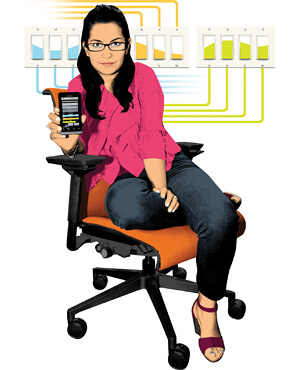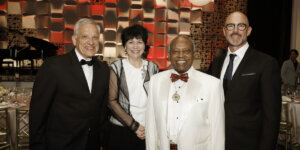About Burcin Becerik-Gerber

Illustration by John Ritter
Named by MIT Technology Review as one of the world’s top innovators under the age of 35, Burcin imagines an unprecedented world, where there is a symbiosis between a built environment and its users, one that learns, influences, optimizes, and delivers greater stewardship and satisfaction simultaneously. While most of us understand and think of our buildings we spend most of our time in as static, Burcin envisions a world where our buildings have personalities, where humans and our physical world interact in highly dynamic ways. She has built a vision and the engineering to support it, where our infrastructure has truly become a partner in our stewardship of the environment. She is bringing life to the inanimate and in doing so creating a reciprocal learning ecology between us and our built environments. What makes Burcin’s work exceptional in our time is her ability to imagine a future for buildings that are responsive, adaptive, interactive — one in which your home, office, or classroom will have the ability to learn from you and vice versa.
Click to learn more about the full scope of this research.
Published on May 3rd, 2017
Last updated on November 8th, 2017












